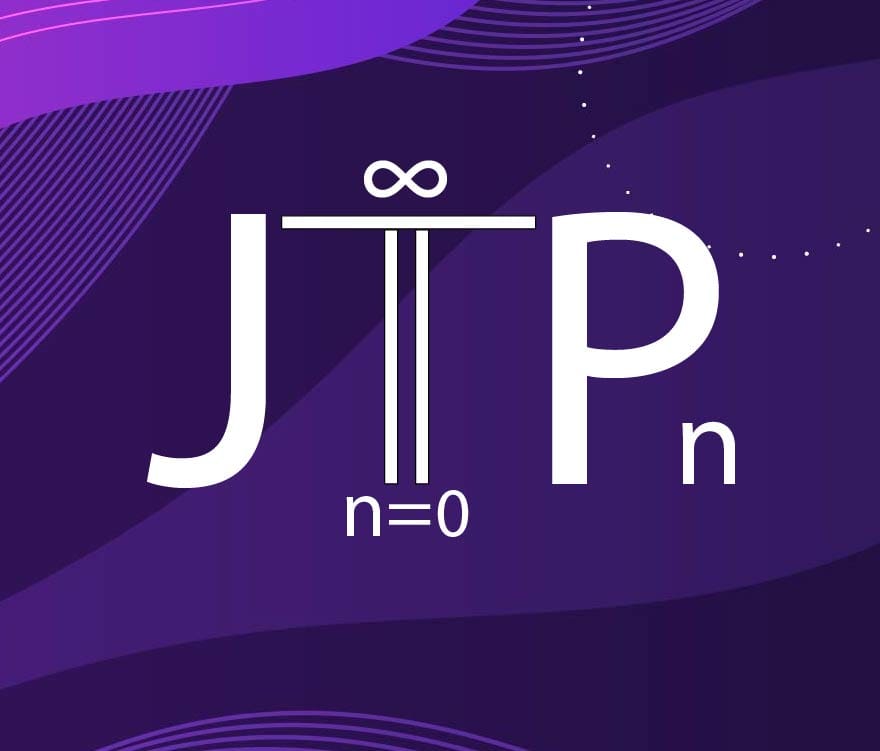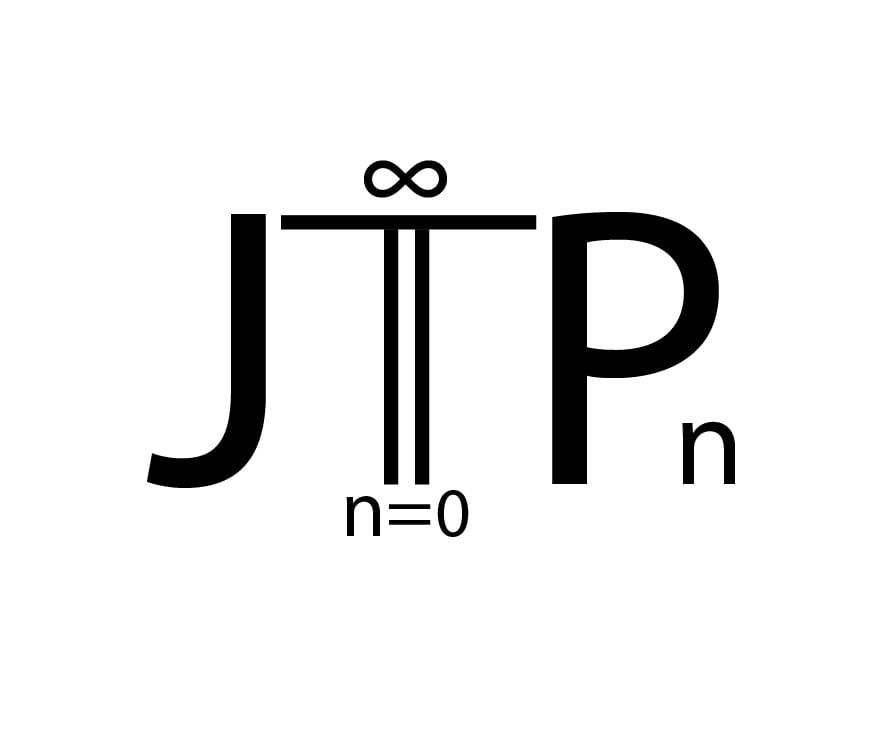Introduction
This began with something deceptively small: a function defined in a number-theory book my advisor told me to read.
It was the normalized form of the Collatz map—the little rule that sends even numbers to half their size and odd numbers to three-times-plus-one, then divides by two.
Everyone meets it as a curiosity; I didn’t expect it to connect directly to my own research.
But after a few lines of calculation, the same structures that appear inside Burns Law and the failure of the Riemann Hypothesis started to appear inside this tiny iterative system.
The connection was too clear to ignore.
The Drift Hidden in the Collatz Map
If you look at the Collatz rule purely numerically, each step either multiplies a number by one-half (for evens) or roughly by one-and-a-half (for odds).
That means every step has a growth factor.
Take the logarithm of that factor and average over many iterations: you get an expected logarithmic drift.
Statistically, it’s negative.
On average, the map shrinks numbers—it pulls them downward in magnitude even though individual steps bounce up and down chaotically.
This idea of expected contraction on a log scale is what ergodic theorists call a negative Lyapunov exponent.
It’s the same kind of signal that tells us whether a random process converges or explodes.
In the Collatz case, that expectation is about minus one-seventh of a natural logarithm per step.
It’s small, but it’s there.
It tells us the system “wants” to converge, even though the path to convergence may be long and tangled.
Parallels with the Prime Number Theorem
Once I noticed that, the pattern immediately echoed the Prime Number Theorem.
The PNT says that the density of primes decays roughly like one over the logarithm of (x).
That’s a continuous version of the same phenomenon: every time you scale numbers multiplicatively, the proportion of primes contracts logarithmically.
Both situations describe a steady loss of density per scale step.
In the prime case, it’s about frequency; in Collatz, it’s about magnitude.
So Collatz is not an alien puzzle—it’s a miniature of analytic number theory.
It tests whether deterministic iteration can reproduce the same kind of logarithmic contraction that analysis observes in the distribution of primes.
Where the Riemann Hypothesis Fails This Picture
The Riemann Hypothesis, if true, keeps that contraction field perfectly smooth.
It says there are no long-term oscillations in the error term of the prime-counting function.
In such a world, the arithmetic landscape is neutral—no modular class has a lasting advantage.
Everything balances, everything averages out.
But a neutral field can’t sustain a deterministic drift.
If the parity pattern in Collatz were perfectly balanced—like coin flips with no bias—there’s no guarantee that every trajectory would converge.
Statistically yes, deterministically no.
That’s the gap between a probabilistic model and an analytic guarantee.
So in an RH-smooth universe, the Collatz process floats in perfect symmetry: it can suggest convergence but cannot enforce it.
The arithmetic world would be too even, too frictionless, to create the small bias that drives the system toward a fixed point.
Burns Law and the Modular Field
Burns Law changes that symmetry.
It introduces modular resonance into the prime distribution—explicit oscillations based on residues mod 7 and mod 11, and a slowly varying negative drift term that grows like minus (x\log\log x).
This law states that the universe of primes is not a neutral random gas but a resonant medium whose densities rise and fall in modular cycles.
That modular friction breaks the perfect smoothness RH demands.
When that same logic is applied to Collatz, something remarkable happens:
the oscillations act like an invisible brake.
Instead of wandering forever through parity space, every orbit encounters regions of contraction produced by modular phase misalignment.
The randomness becomes bounded.
Burns Law supplies exactly the missing ingredient that the Riemann Hypothesis forbids—a built-in asymmetry that always pushes the trajectory back toward a finite basin.
The Lyapunov Picture
Translated into the language of dynamical systems:
Under RH, there is no Lyapunov function that decreases strictly for all integers—no finite residue correction can produce it.
Under Burns Law, such a function exists.
Its components are a logarithmic term measuring global size and a modular potential that encodes the oscillatory field of primes.
Together they create a consistent negative drift across all residues.
That’s what we would normally call a proof of convergence.
So the contrast is stark:
- RH world: smooth, neutral, reversible, statistically balanced.
- Burns world: oscillatory, biased, dissipative, convergent.
What This Means Structurally
It means that Collatz and RH describe incompatible physical metaphors of the integer universe.
RH belongs to the realm of perfect analytic symmetry; Collatz belongs to the realm of noisy, biased recursion.
One can model the other only when the smoothness is broken.
That’s why the Collatz problem feels chaotic to those trained in RH logic—it’s trying to operate in a domain where small modular imperfections rule the geometry.
Burns Law reconciles that contradiction.
It asserts that modular oscillation is not noise but structure.
The same oscillations that invalidate RH are the ones that make Collatz converge.
When we accept oscillation as foundational rather than exceptional, these systems align.
Why This Matters
This is not about winning a philosophical debate between smoothness and chaos.
It’s about recognizing which kind of field our numbers actually inhabit.
If the integers are governed by oscillatory modular laws, then convergence, stability, and ergodic behavior become explainable.
If they were governed by a perfectly smooth analytic function, none of that structure would hold.
We’d have randomness without rhythm, motion without bias, iteration without direction.
Collatz shows us the opposite: direction hidden inside apparent randomness.
And Burns Law gives the analytic justification for why that direction exists.
Future Work
- Spectral Analysis: build an operator acting on 2-adic space whose spectrum captures the contraction implied by Burns resonance.
- Burns-Topological Dynamics: interpret Collatz iteration as discrete sampling of a continuous flow in Burns topology, where prime distances replace Euclidean ones.
- Quantitative Experiments: compute numerical contraction rates across residues mod 7 and 11 to verify the predicted bias.
- Generalization: test whether other mixed multiplicative-additive recursions exhibit the same Burns-style phase locking.
- Visualization: plot Collatz orbits in the Burns metric to see the modular basin of attraction.
Closing Reflection
It’s almost poetic that a function once used as an undergraduate curiosity now reflects the deepest fault line in analytic number theory.
The Collatz map and the Riemann Hypothesis occupy opposite poles of the same structure: one assumes perfect analytic smoothness; the other proves that real arithmetic space isn’t smooth at all.
Between them lies the oscillating field described by Burns Law—the one that makes convergence possible.
Keywords: Collatz conjecture, Riemann Hypothesis, Burns Law, modular oscillation, ergodic theory, logarithmic drift, prime distribution, dynamical systems


Discussion